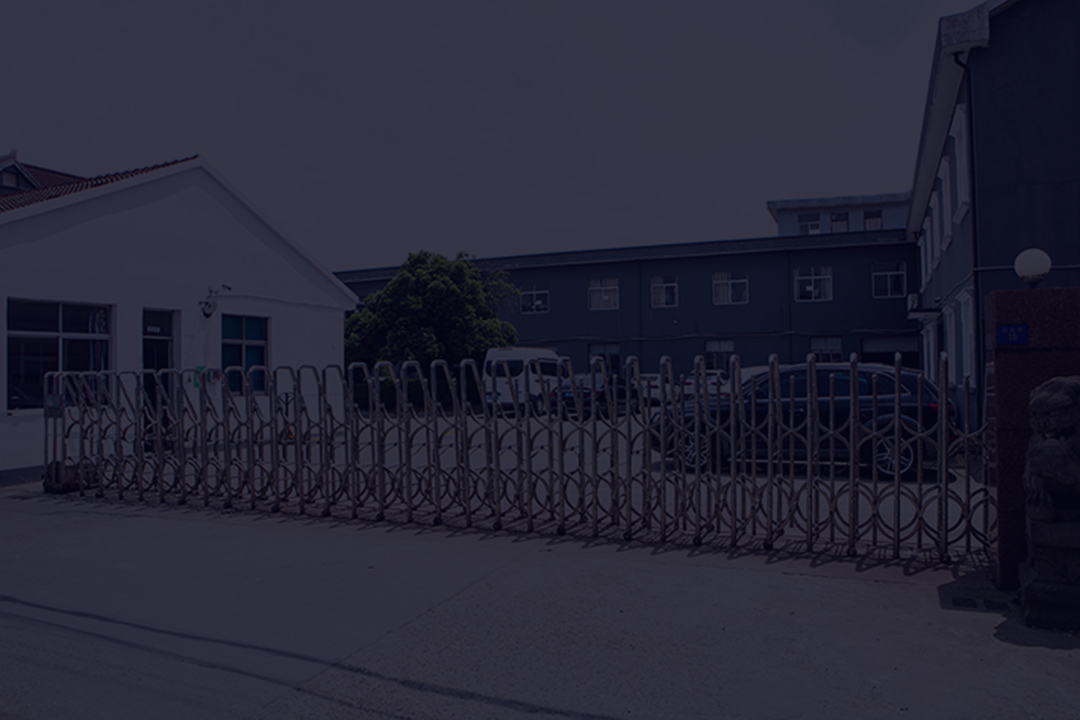

Plastic faucets require precise welding of multiple components such as valve bodies, joints, and decorative covers. The glue bonding process has obvious shortcomings:
1. Quality risks: Hot - melt welding is prone to cause plastic deformation and internal stress concentration due to uneven temperature. Cracking and water leakage are likely to occur during long - term use. Glue bonding relies on chemicals, carrying the risk of aging and failure, and residual solvents may contaminate the water quality.
2. Efficiency bottlenecks: The high proportion of manual operation leads to a daily output of less than 500 pieces per device, making it difficult to meet the "mass customization" demand of the home building materials industry. The welding yield rate of complex curved surfaces and small components (such as valve core seal grooves) is only 70% - 80%.
3. Environmental protection pressure: The use and disposal of chemical consumables such as glue and soldering aids do not meet the green manufacturing requirements under the "dual - carbon" goal, dragging down the enterprise's ESG rating.
Ultrasonic welding drives the innovation of the bathroom industry with intelligent traceability and environmentally friendly materials:
4. With the integration of 5G + industrial Internet, ultrasonic welding equipment is upgrading towards intelligent interconnection. By collecting data such as welding energy, pressure, and time, automatic optimization of process parameters and full - process quality traceability can be achieved. In the future, combined with the progress of materials science (such as the application of bio - based biodegradable plastics), ultrasonic welding will continue to empower the production of plastic faucets, promoting the industry to move towards a more environmentally friendly, intelligent, and high - quality direction, and making "Made in China" bathroom hardware more competitive in the global market